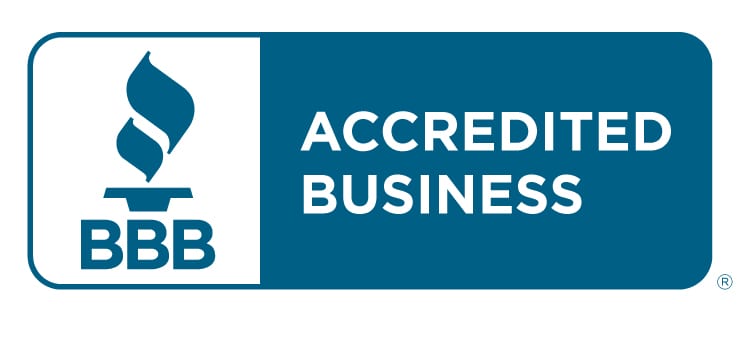Today, people are accessing the Internet from their tablets and smartphones more than ever before. The use of mobile devices is expected to grow at an astounding rate for the foreseeable future.
The problem this presents to companies is that most websites on the Internet are not optimized to work on mobile devices. In fact, screen sizes on mobile devices continue to change. It is critical for your website to adapt to these ever changing screen sizes today and well into the future.
Mobile users do not have any patience in navigating through websites that is not mobile friendly. What a shame it would be if your new potential customers that went to your site first are lost to a lessor competitor simply because their website was mobile friendly and yours was not.
The solution to your dilemma is to have a responsive website designed for your business. The key element to this kind of site is that its layout automatically changes to a device’s screen size.
Before you jump into a decision, know that an attractive and versatile responsive website takes great planning from the very beginning. That means placing your central focus on user experience, which includes testing and refining that experience on a desktop computer, laptop, tablet and smartphone. In some ways, the responsive site is designed in 4 ways.
A responsive website can provide your business with a number of coding and layout options that can become mind boggling and overwhelming at times. Just remember that all of your decisions will have an impact on the end user. It’s important to keep that in mind at all times.
Here are the Top 5 reasons why your business should have a responsive website:
- Mobile usage continues to increase – responsive websites are geared towards smartphone users.
- If you don’t have a responsive site, there is a 61% chance a visitor will leave your site if they find it frustrating in any way.
- A user-friendly responsive website can increase your conversion rates while lowering your bounce rates.
- Responsive design is the preferred web design format for Search Engine Optimization (SEO) with search engines like Google.
- Responsive websites adjust their formatting automatically for different screen sizes today… and into the future.



